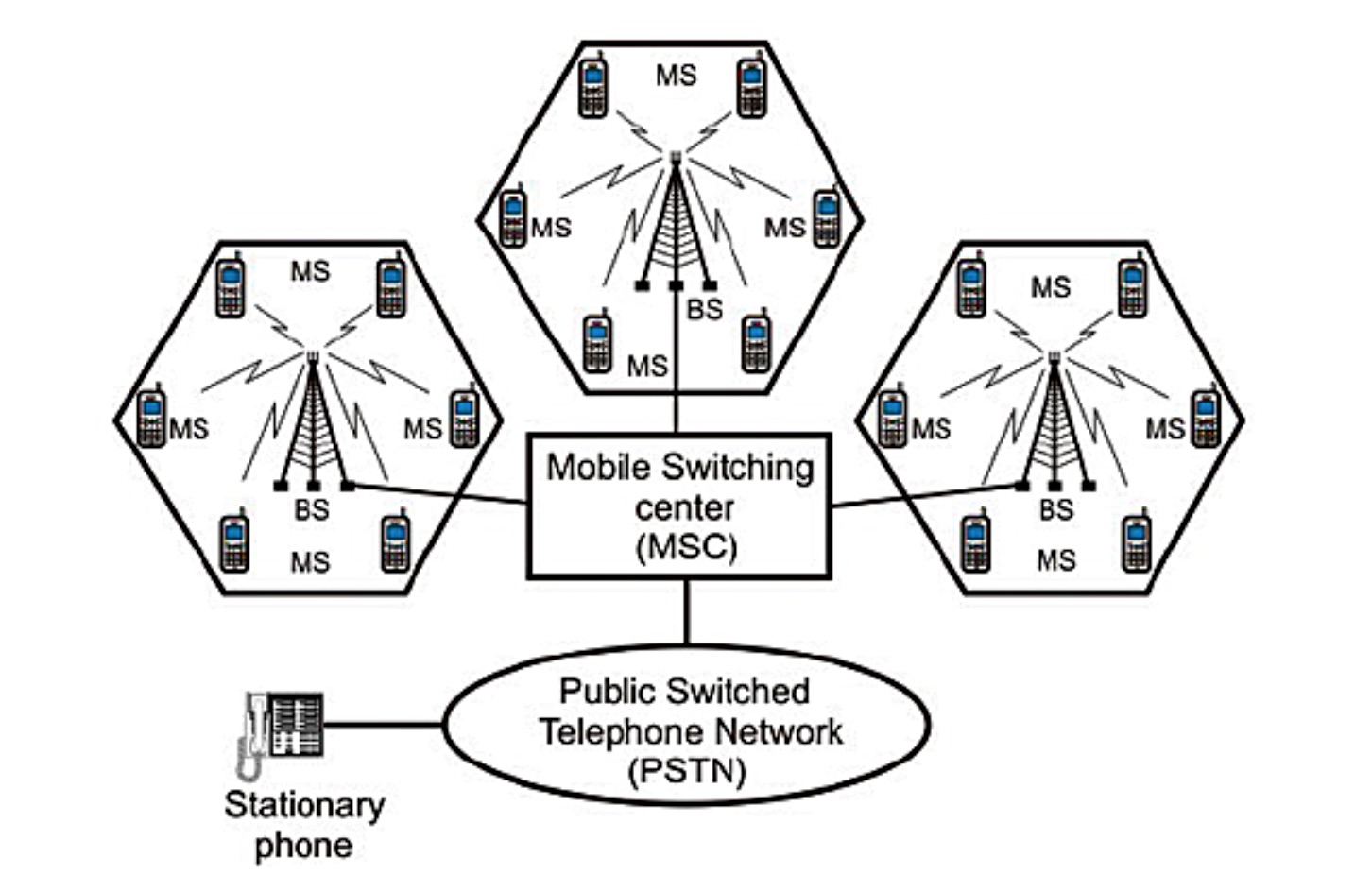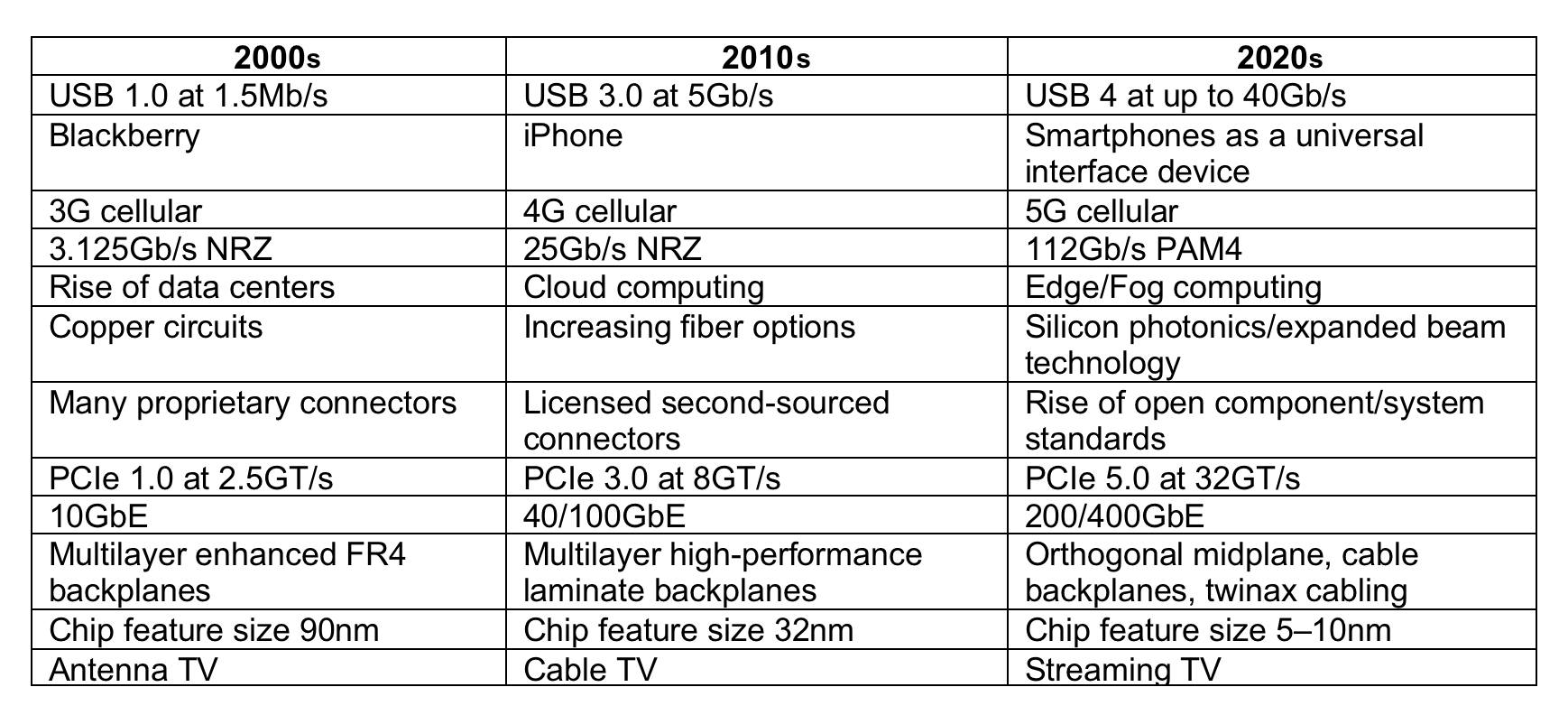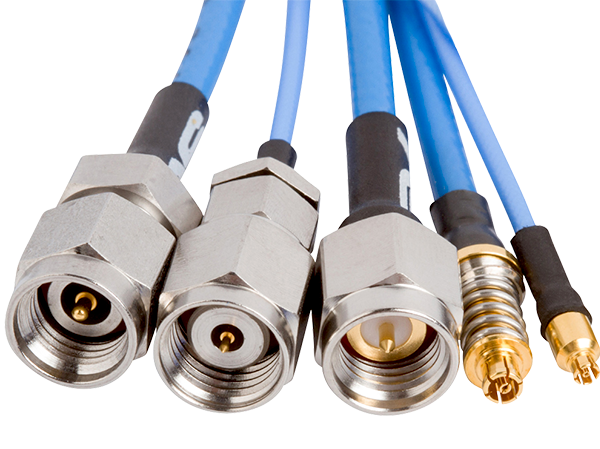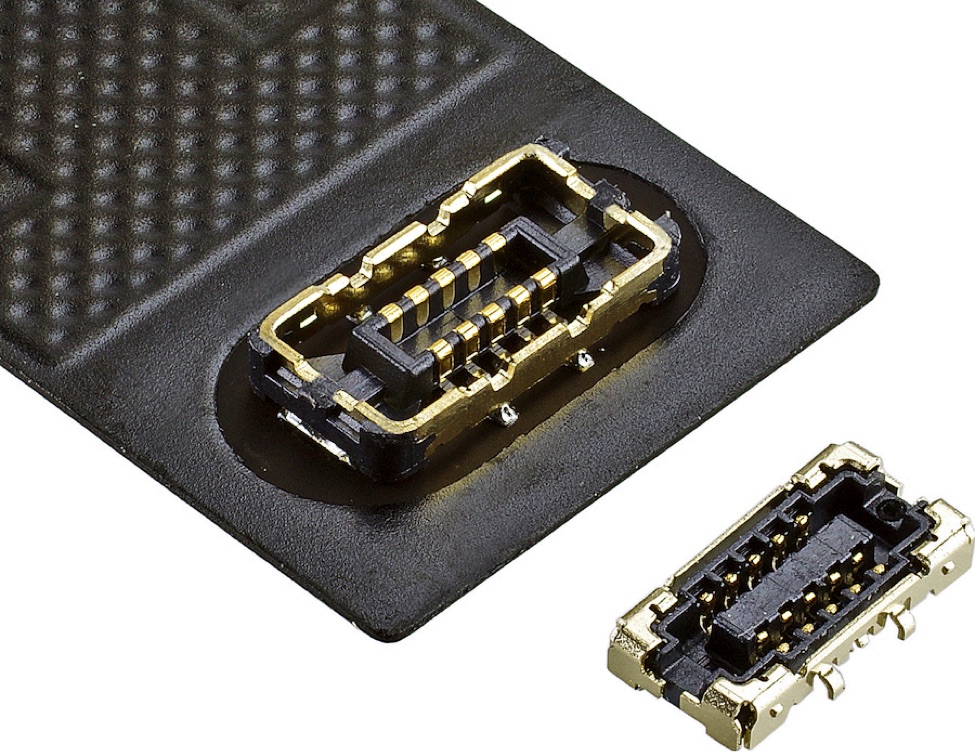Top 12 Technology Trends: The Evolution of Cellular Communication Technology: 3G to 5G
In the past two decades, we’ve not only cut the cord between our phones and the wall, but we have gained the ability to stream video, play games, and access the web from what has essentially become a powerful handheld computer. 5G will push those capabilities to the next level.
This is the third in a series of articles that review leading technology trends that have had a significant impact on the electronic connector industry. cellular
Since the late 1970s, the ability to communicate with others using a device that is untethered to a wire has changed the way people interact, whether they are located across the street or in another country. Prior to the introduction of cellular technology, ham shortwave and FM radios provided two-way communication to those willing to learn Morse code and obtain a license. Citizens band (CB) radios offered up to 20-mile links and became wildly popular with the mass market in the early to mid-1960s. However, weather conditions and time of day had a major influence on reliability of ham radio links, while transmission power limits and chatty enthusiasts reduced the usefulness of CB.

The industry needed a system that consumed little energy to enable small portable devices to operate on battery power. Cellular phones evolved to meet this need. Rather than adopt a point-to-point long-distance strategy, cellular phones link to a grid of local relay base stations.
A cellular phone located anywhere in the grid links to the closest tower, which is connected to a mobile switching center to complete the call to the target device within that or any other cell or to a stationary phone on the public network. Cell sites have the unique ability to seamlessly hand off a call originating from a moving vehicle to an adjacent cell.

A progression of enhanced technical standards enabled compatibility among devices and opened the door to development of a rapidly expanding market. Efficient network management was the other key to development of advanced cellular communication systems in terms of speed, reliability, latency, capacity, and additional features.

(Please note that the order of these 12 electronic product technologies is arbitrary, with no intent to indicate a level of relative importance.)
The first generation of mobile networks, dubbed 1G, was introduced in Japan in 1979. It offered analog 2.4Kb/s with limited coverage and no roaming support. In 1991, 2G employed digital signaling to bump the speed to 64Kb/s and used the Global System for Mobile Communications (GSM) standard for improved voice fidelity and reliability. It also ushered in the ability to send text messages and photos. 3G was introduced in 2001 and harmonized global standards, along with 256Kb/s speed. Additional functions included video conferencing, streaming, and Voice over Internet Protocol (VoIP). The fourth and most common generation in use today, 4G Long-Term Evolution (LTE), can deliver speeds to 1Gb/s for high-definition video, web access, and gaming applications.
We are now on the cusp of 5G, which is designed to support the escalating demands of a universe of Internet of Things (IoT), explosion of consumer video, telemedicine, telework, and future autonomous transportation. In addition to a 10 times to as much as 100 times increase in speed, latency will be dramatically reduced. The ability to support many more connected devices with greater network efficiency and reduced latency is driving the transition to 5G.
Broad market adoption of 5G service will likely upend mobile cellular as well as fixed broadband markets. With speeds approaching those offered by cable and even fiber-to-the-home services, 5G has the potential to change the way consumers access the internet, disrupting established cable and DSL providers.
System engineers had to entirely rethink the architecture and technology of 5G cellular communication systems and deal with three different versions of 5G. To increase speed and system capacity, designers chose to utilize multiple higher-frequency bands, including millimeter wave (mmWave) frequencies of up to 52.6GHz. The higher the frequency, the greater the signal distortion, due to attenuation over distance and through obstructions. Even heavy rain can reduce the effective range of mmWave transmission. In order to compensate for these losses, 5G cellular networks will require a major increase in the number of cellular antennas. Another part of the solution is the use of massive multiple-input multiple-output (massive MIMO) technology enabled by base stations outfitted with up to 100 active antennas equipped with beamforming technology that can establish point-to-point links to individual devices.
The race to claim leadership in 5G technology has become a political issue between the US, China, South Korea, and Japan. Countries that are first to implement 5G networks may get a head start in developing critical applications, including artificial intelligence, autonomous transportation, virtual reality, real-time healthcare, and Industry 4.0 manufacturing technology. The jobs and revenue these applications generate will have a long-term impact on the economic health of nations for years to come.
The connector industry is poised to make major contributions to 5G infrastructure. Coaxial connectors and cable assemblies will play a major role in antenna-to-base-station equipment. Long-distance fiber optic links will provide the most cost-effective connections from base stations to the network. Several connector manufacturers have expanded their antenna offerings to include 5G antennas.
Once 5G services are widely available in large metro areas, demand for 5G-compatible smartphones will accelerate. These advanced phones will utilize subminiature RF, stacking, and flat, flexible cable (FFC) connectors. Qualcomm estimates that 450 million smartphones will ship in 2021 and 750 million in 2022. Broad adoption of 5G will unleash entirely new categories of connected devices, all of which will utilize a wide variety of connectors.

The unique requirements of 5G networks have already spawned new connectors designed to address specific applications. The ERFV board-to-board coax connector system from TE Connectivity (pictured above) utilizes a unique spring-loaded pin, which makes reliable contact to a gold-plated pad on the surface of the opposite PCB. The rated frequency range is DC to 10GHz.

SV Microwave offers millimeter wave coaxial cable assemblies and connectors for 5G installations, including extreme frequency (26GHz and beyond) push-on and threaded RF connectors.

I-PEX’s new mobile 5G RF solution, the NOVASTACK 35-HDN board-to-board connector, features a narrow design (0.35 mm pitch, 0.7mm height), which saves 53% of PCB space compared to other shielded board-to-board connectors. This connector is fully-shielded, increasing system EMI and EMC performance.
The COVID-19 pandemic may temporarily slow the proliferation of 5G networks, but the momentum of this revolutionary technology will drive the next chapter in mobile connectivity.
See the first and second installments in Bob Hult’s Technology Trends series.
Like this article? Check out our other New Technology, 5G, and RF and Coax articles, our Consumer and Datacom/Telecom Market Pages, and our 2020 and 2019 Article Archives.
- Optics Outpace Copper at OFC 2024 - April 16, 2024
- Digital Lighting Enhances your Theatrical Experience - March 5, 2024
- DesignCon 2024 in Review - February 13, 2024





